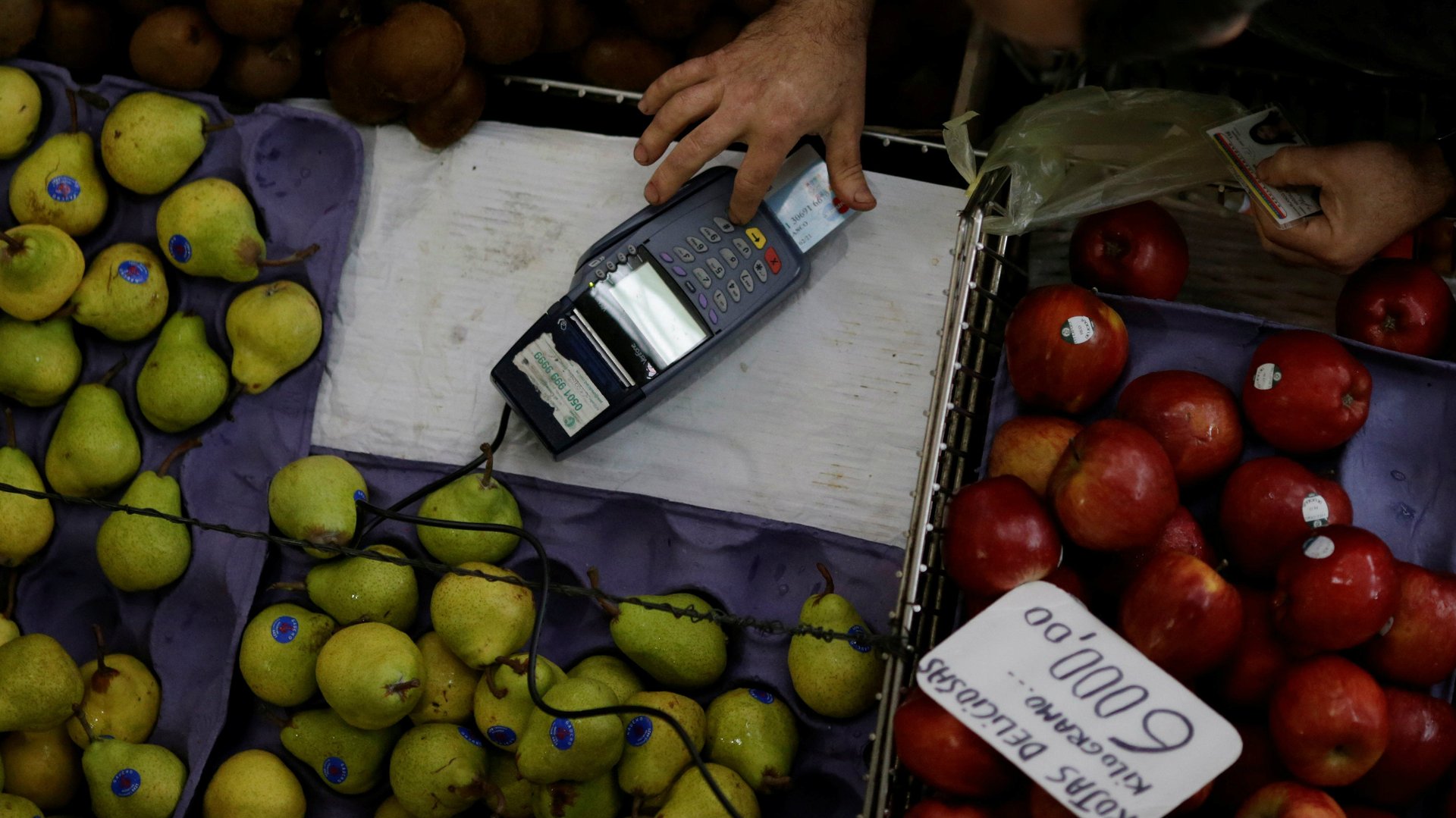The costly money mistake even smart travelers make
It makes sense for most people to use credit cards as much as possible when spending money abroad. You can minimize fees that come from frequent cash withdrawals, feel less concerned about being robbed (as long as you don’t carry all your cards at once), and even collect points and miles for basic spending.


It makes sense for most people to use credit cards as much as possible when spending money abroad. You can minimize fees that come from frequent cash withdrawals, feel less concerned about being robbed (as long as you don’t carry all your cards at once), and even collect points and miles for basic spending.
But there is also a potential pitfall: dynamic currency conversion.
You’ve probably come across it in the form of a question in a restaurant or store: Would you like to pay in the local currency or the currency of where your card is from? Whether you’re talking to a person or running your card though a machine, it sounds like a very helpful service, making it easier to calculate the cost of something without having to do math in your head. What they usually don’t mention is that this is a costly service—one that can add as much as an extra drink or two to your restaurant bill.
So let’s get this out the way: You should always opt to pay in local currency, and not accept the card machine or ATM’s prompt to convert it for you.
The reason is that the exchange rate a card terminal will give you is a worse deal than the one your bank would automatically give you. Sometimes, they may even charge an additional fee on top of that. (The payment processing companies, who provide the terminal to the merchant, generally share the profits they make from dynamic currency conversion with the merchant.) Last month, FairFX, a company that sells pre-paid travel credit cards, reported that British travelers pay an average of 7.74% more (because of fees and bad exchange rates) if they opt to pay in pounds while in Europe, rather than euros.
Aside from choosing a conversion rate, some banks and credit cards charge a flat fee each time you use your card abroad, usually around 3% of the transaction. One might assume that, if you choose to pay in your home currency, your bank would waive this fee. But as The Points Guy pointed out, that’s not always the case: Bank of America, for example, specifies that their 3% fee is on all foreign purchases, not foreign currency. And even if the fee is waived by your bank, the inferior exchange rate and fees of dynamic currency conversion usually means it’s still a worse deal. (Of course, if you are a savvy traveler, you shouldn’t be using cards that levy fees for foreign transactions to begin with.)
You’re most likely to encounter dynamic currency conversion when traveling in Europe or Asia, and it can just as easily come up in a restaurant as a clothing shop or hotel. The reason smart travelers fall prey to this is because paying in a more familiar currency can seem so intuitive—particularly after a few cocktails at a beach bar. And it’s not unheard of for a waiter or merchant to just assume you want to pay in your home currency and make the choice for you.
But once you know, you know: Always insist on paying in the local currency.